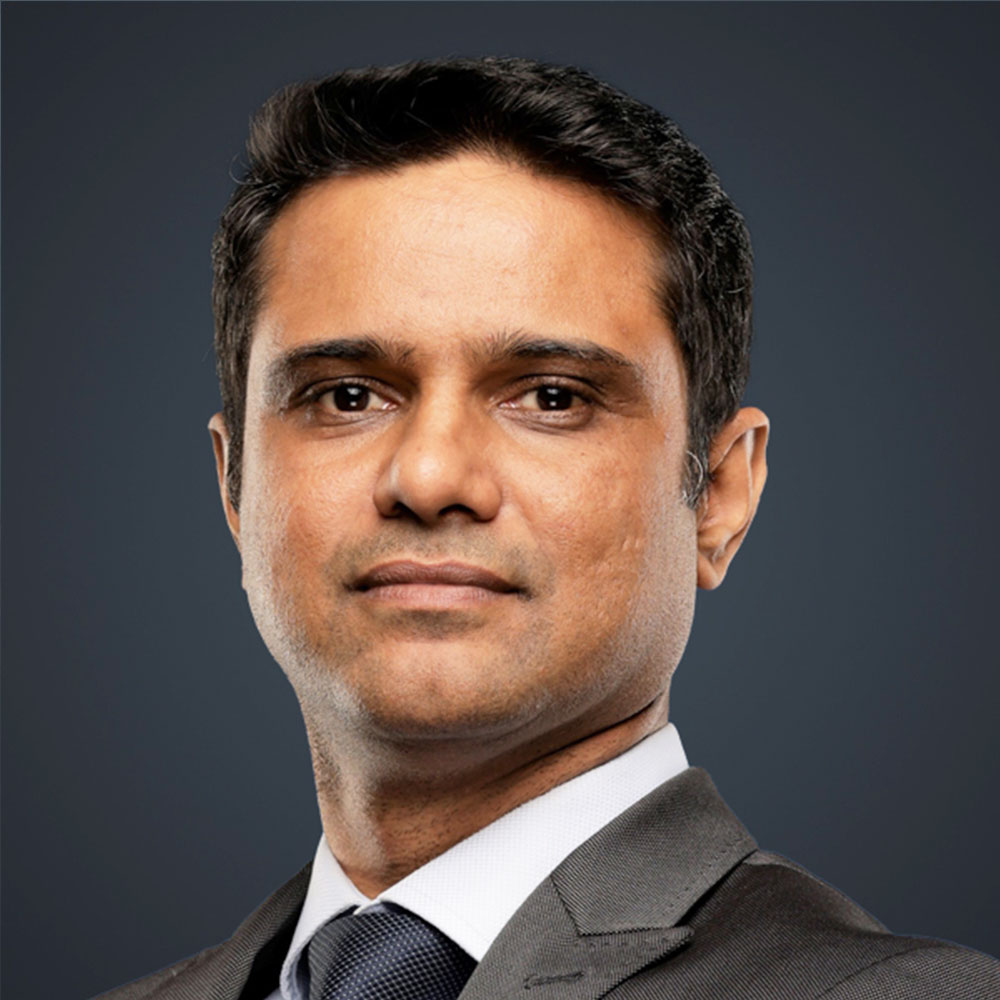Mr. Sandeep Yadav
Head - Fixed Income India, DSP Mutual Fund
Sandeep has a total work experience of more than 20 years. He joined DSP Mutual Funds in September 2021 as Senior Vice President - Fixed Income Investments. Sandeep has previously worked for Yes Bank, and had headed the Derivatives Structuring, Fixed Income Trading and Primary Dealership. Prior to that Sandeep had worked in Technology space in Cognizant Technologies, Hughes Services and Mahindra British Telecom. He is a Computer Engineer (Pune University) and PGDBM (IIM Bangalore). Sandeep is also a CFA chartered holder.
Q1. What is your assessment of the RBI's recent announcement of a ₹1.25 lakh crore liquidity infusion in May? What do you believe were the primary drivers behind the RBI's decision to lower the repo rate by 25 basis points (bps) at this juncture?
Ans 1. RBI has turned accommodative in its monetary policy looking at the growth inflation dynamics - in particular, decline in inflation, reaching a low of 3.16% in April-2025 helped shape the monetary policy view, and help support India's GDP slowdown - linked to consumption slowdown currently, but the global growth environment also remains patchy. So the RBI worked to remove liquidity deficits in banking system liquidity to enable growth - In Jan-25 durable liquidity was negative INR 45,000cr and is currently upwards of INR 3 lakh crore (and expected to increase). The expectation, basis current trends is that not only will liquidity be left on the table, but there will be further rate cuts as well.
Q2. How do you currently view the Indian fixed income market in comparison to its global counterparts? Specifically, what do you see as the most significant opportunities and unique risks for investors in Indian fixed income at this time?
Ans 2. India's fixed income market has been marching to its own beat lately and has been remarkably resilient even as global interest rates continue to rise. This is driven significantly by the domestic demand supply factors, anchored by the Government’s commitment to maintain fiscal discipline, growing financialization (growth in insurance, pension all lead to demand, besides banking system demand) and the expectations that RBI will cut rates.
The opportunities come from a relatively stable and well-orchestrated macro environment. The risks come from potential fiscal slippage - this could happen if GDP slows (lower probability) or say greater defense spending (difficult to predict). Furthermore, even as inflation is getting anchored, unpredictability of monsoons can lead to food inflation, and then on inflationary expectations. Note that India potentially may lower tariffs and lead to better inflation outcomes, different from problems elsewhere.
Q3. How do you see the Fed's current stance on inflation impacting the shape of the yield curve over the next 12 months?
Ans 3. The Fed is now on wait and watch given its dual mandate. On inflation, it is the permanence of tariff inflation and one time shocks, even as tariffs themselves are being negotiated. The Fed will also need to look at labour market developments, and whether this policy uncertainty will lead to any slow down. While they said they are currently watching, the market is busy pricing the extent of rate cuts, and all over the place!
The next important point is on term premia aka shape of the yield curve. We are at a unique time politically in the World with changes in world order. Europe needs to spend more on defense. US is betting on import substitution (we Indians know it well!) and trying to pass a bill which will increase fiscal deficit and debt/GDP. Hence the curve has steepened significantly there. So again, in as much the Fed can influence policy rates, the US curve will move to its own demand supply dynamics, including foreign demand. India continues to March to its own beat.
Q4. Are accrual strategies still attractive at this stage of the interest rate cycle, or is it time to switch to dynamic/active duration funds?
Ans 4. The choice between active and accrual strategy is not one or the other. An active strategy can, and should, actively move to the accrual strategy if it is more beneficial. The choice is eventually between accrual and capital gains (duration) strategy (rather than accrual and active).
In our active funds, we have advocated preference to capital gains (duration) over accrual for the past two years. In fact the ideal time to shift to duration strategy was a few quarters back. We may move to accrual strategy in the next few quarters when we believe that the capital gains may be behind us.
In terms of lower rated credits, it is always prudent to invest in companies with good governance, and from a mutual fund perspective, be careful of liquidity risks as well.
Q5. Foreign Portfolio Investors (FPIs) have turned net sellers of the Indian debt market, pulling out a record $2.27 billion up to April 2025. What is triggering the outflows?
Ans 5. The FPI inflow story for now has run its course with the expected passive inflows due to inclusion in JP Morgan flows. Now the FPI flows will be determined by trading interest of foreign participants, who will also be looking at opportunities elsewhere, stability of INR and geopolitical risks. This will make flows volatile and less predictable, but is still small in the context of the depth of the Indian market.
Note: Views provided above are based on information in the public domain and subject to change. Investors are requested to consult their mutual fund distributor for any investment decisions.




